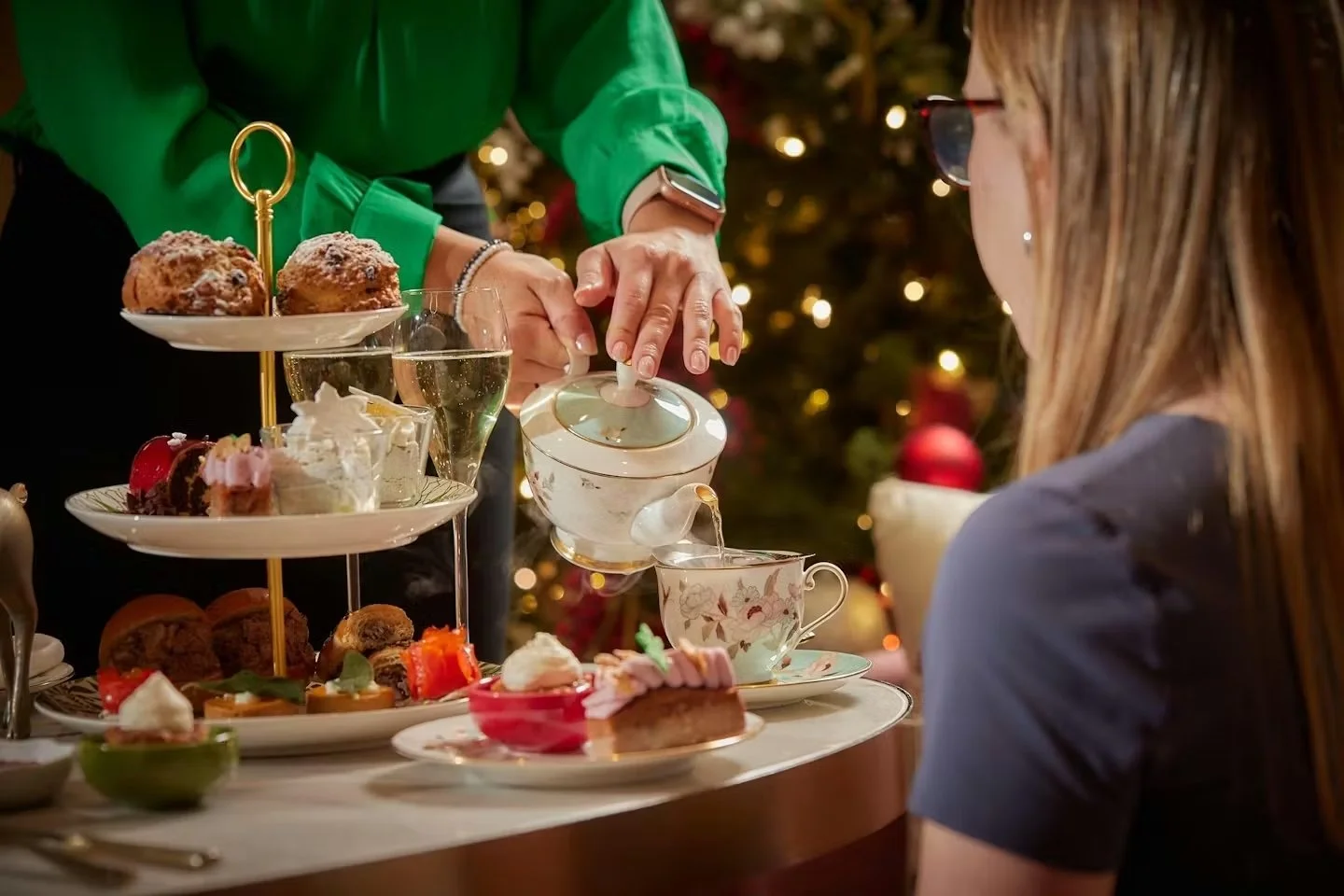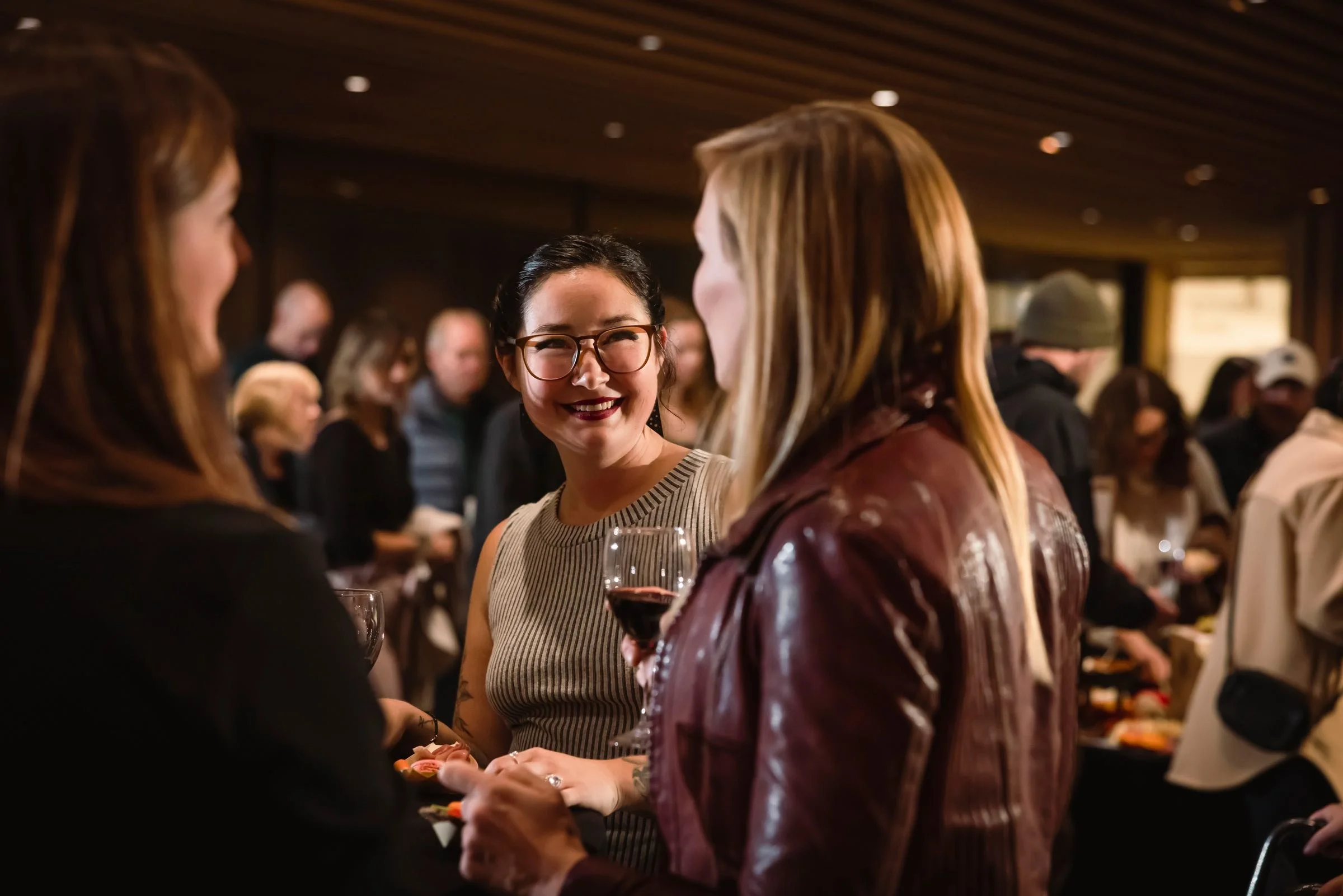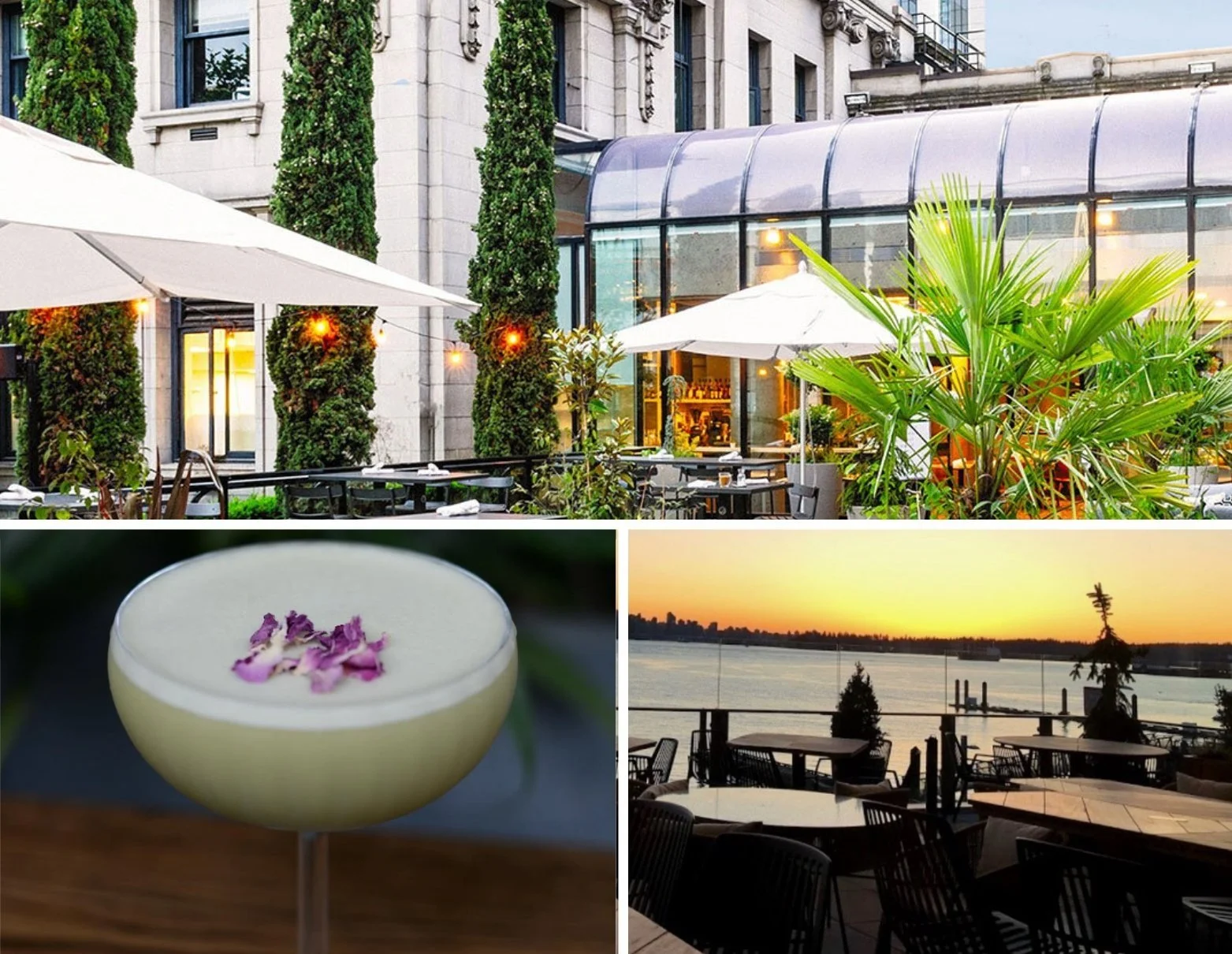Dutch Baby: how Maxine’s Café and Bar is stirring up Vancouver’s brunch scene
The West End bistro, named after a local businesswoman, serves the dish in a traditional cast-iron pan
One version of the Dutch Baby at Maxine’s Cafe and Bar has poached pears, candied walnut, and crème Anglaise. Photo by Maxine’s Cafe and Bar
UNTIL RECENTLY, VANCOUVER wasn’t all that familiar with the Dutch Baby.
Call it a German pancake, puffed pancake, baked pancake, or a Bismarck; they’re all names for the big, floofy breakfast item. American in origin, unrelated to Germany, and now popular in parts of France, it has a base of eggs, flour, milk, and salt and can be either savoury or sweet. With a custardlike centre and crispy edges, it’s traditionally cooked in a very hot oven, where it puffs up like a soufflé and deflates upon coming out, and is served in a cast-iron pan. It’s one of those dishes that catches diners’ eyes as it goes by.
Maxine’s Café and Bar has introduced it to Vancouver, and it has become a hit.
“The inspiration came from looking for something different,” says Alain Canuel, general manager of Maxine’s. “The Dutch Baby wasn’t really a thing in Vancouver.
“We tried it and loved it—not knowing it would cause chaos in the kitchen,” he adds with a laugh. “It’s 15 minutes of preparation for every order. But it’s incredibly popular and our guests love it.”
Bobby Milheron, executive chef of Wentworth Hospitality Group (which runs Maxine’s as well as sister restaurants Homer Street Café & Bar and Tableau Bar Bistro) adds: “The Dutch Baby came from looking outside of the traditional brunch menu items and bringing the wow factor to the table. We wanted something that when other guests saw the dish being presented to the table beside them, they would instantly become curious.”
Some people compare the Dutch Baby to Yorkshire pudding because of its resemblance to the British staple, which is usually at least four inches tall. The pancake’s origins trace back to a Seattle café called Manca’s that operated during the first half of the 20th century. On its menu was a plate of three baby German pancakes. Apparently, the owner’s young daughter could not pronounce the word Deutsch and said “Dutch” instead; it stuck. The restaurant’s “Big Dutch Baby” was a full-pan-size pancake and proved to be such a draw that it earned a feature story in Sunset magazine in 1987. From there, the dish exploded in popularity.
Maxine’s offers two versions of the Dutch Baby: a savoury pancake with fried egg, shaved ham, Gruyère, and Mornay sauce; and a sweet one with poached pears, candied walnut, and crème Anglaise.
The savoury Dutch Baby (foreground) at Maxine’s. Photo by Maxine’s Cafe and Bar
Recently opened in the West End, Maxine’s is a corner neighbourhood-style bistro that takes its name from Maxine MacGillivray, the late local businesswoman who ran a beauty school and salon. (It’s on Burrard Street between Harwood Street and Maxine Lane.) it serves other dishes in cast-iron skillets, like meatballs braised in sugo and served with grana Padano and grilled sourdough; its daily cast-iron crostata with vanilla bean ice cream; and cast-iron focaccia with whipped ricotta and piquillo peppers.
Then there’s Eggs Cocotte, also served in a cast-iron pan, a hearty and filling brunch dish and a go-to vegetarian option. “The inspiration for this dish came from oeufs en cocotte, a traditional French dish which translates to ‘eggs in pot’,” Milheron says. “Typically, the baked eggs would be with a heavy cream, so we lightened it up with tomatoes, spinach, olives and fresh cheese.”
Open for breakfast, brunch, lunch, happy hour, and dinner, Maxine’s is inspired by bistros in New York and Europe where the feel is casual, the menu approachable but finely executed. Other menu items range from freshly shucked oysters and fried chicken to steak frites and wild salmon.
“Bistros are jack-of-all-trades restaurants,” Canuel says. “I love French cuisine, period, but also how it is influenced by Spain, Northern Africa, all sorts of cultures. We wanted to have a menu that had recognizable favourites but also an element of surprise.”
Milherhon says the style of cuisine is rooted in nostalgia—which is also what Wentworth’s beverage director JS Dupuis goes for on the drinks list. (Look for Maxine’s Lager, made in collaboration with Central City Brewers, and sub-zero shots.) The veteran bartender and educator worked with Maxine’s bar manager, Keith Trusler, to come up with cocktails. “Keith and myself really went back to our roots, thinking of all the Saturday mornings eating cereal and watching cartoons and wrestling,” Dupuis says. “That was a big influence on naming our drinks,” he says, pointing to the Lady Jay and Wild Bill (both G.I. Joe-inspired), Jabberjaw, and El Guerrero (based on WWF wrestler Eddie Guerrero). “We wanted to evoke a sense of nostalgia in our clientele, but in an adult way. The Jabberjaw is the best example for me: ice cream and cinnamon toast crunch—two things I was not allowed to have for breakfast as a kid—with espresso and Cabot Trail Maple Syrup Cream Liqueur; it’s just fun.”
Just like the Dutch Baby, it’s something you’re not going to find anywhere else in Vancouver.
Ste. Marie designed Maxine’s, inspired by bistros of New York and Europe. Photo by Maxine’s Cafe and Bar















